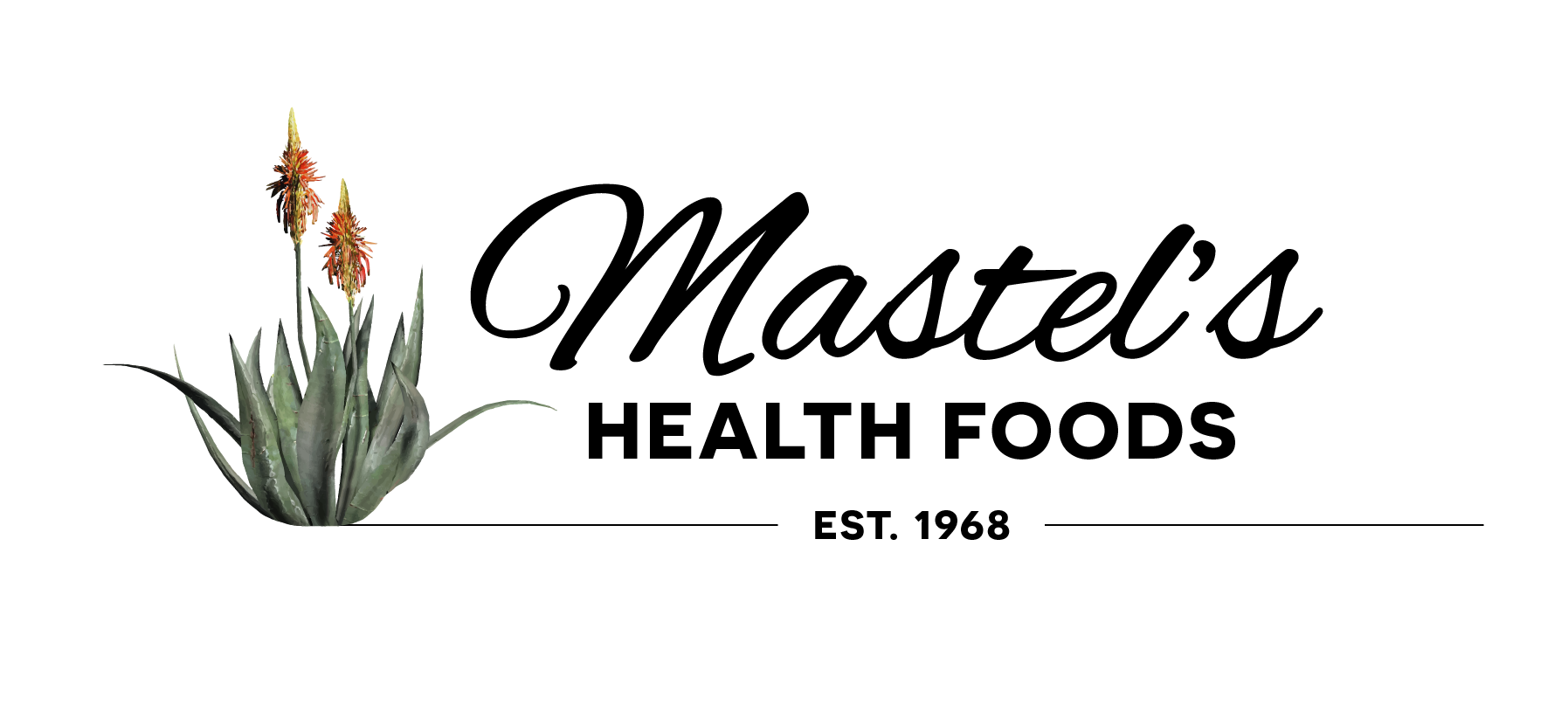Collagen has been trending in the natural foods world for quite some time, and with the newest trend come a lot of questions and confusion! Let’s clear up one of the biggest misconceptions about collagen—that one size fits all. Did you know that collagen comes in 28 different types? Five of these types are what you will find in the supplements at your favorite health foods store. Let’s break down these five types so you can decide which best fits your needs and lifestyle.
The first and most commonly found form of collagen in the human body is simply called Type 1. It is a very strong form of collagen that is considered the building blocks of our skin. As we age, our collagen production dramatically slows down, resulting in slower wound healing and fine lines and wrinkles. Supplementing with Type 1 will provide amino acids as well as protein, and is most commonly found in fish or marine collagen, which is easy for the body to absorb.
Type 2 collagen is the kind that forms your cartilage. Cartilage is found all over your body—in your ears, nose, bronchial tubes, rib cage and joints. Joint pain and arthritis are common ailments with symptoms that may be alleviated by supplementing with Type 2 collagen. Type 2 is found in abundance in chicken collagen, so a supplement such as chicken bone broth or protein powder is a great source. In addition, chicken collagen also contains two popular remedies for joints and arthritis: chondroitin sulfate and glucosamine sulfate.
Now, Type 3 collagen ties back into Type 1 collagen. Also a major component of our skin and organs, Type 3 is fibrillar collagen. It can be found in the heart as well as many other areas of the body where you find Type 1 collagen. Skin elasticity is another concern many have as one ages, and Type 3 collagen will boost the firmness as well as the elasticity, helping to retain a more youthful appearance. Types 1 and 3 should be taken separately from Type 2 collagen so they do not compete with each other. Bovine collagen is found in the muscles, skin, and bones of cows and contains both Type 1 and 2 collagens and is a very popular choice. It can be found in powders to mix into drinks as well as in gummy and capsule form.
The last two types of collagen are Types 4 and 5. Occasionally, these will be seen supplementally in a “blend” of collagens. Type 4 is used in forming the placenta of pregnant women, and Type 5 is used in the forming of cell surfaces and hair as well as being found in cartilage.
When looking at collagen supplements you will see that they are labeled “hydrolyzed”. This means that the collagen has been broken down into peptides, making it more bioavailable. It also makes collagen powder readily dissolvable in hot or cold beverages, while containing all the benefits of the different types of collagen.
As trends in natural foods come and go, it can be helpful to know if and how they are useful in your healthy lifestyle before spending lots of money on a pretty package. The different types of collagen all have a purpose in your body, but taking them all together may not be the best strategy if you are looking for the benefits of anti-aging vs. joint pain relief. Aim for grass-fed organic sources of collagen in the type(s) to meet your needs and you will be making a great choice for your body.
Alina Hornfeldt is the marketing manager at Mastel’s Health Foods. The staff at Mastel’s is experienced, very knowledgeable and available to help you find those supplements which best suit your needs. Mastel’s is located at 1526 St. Clair Ave., St Paul. For more information, call 651-690-1692 or visit Mastels Health Foods - St. Paul, MN. See ad, page XX.

